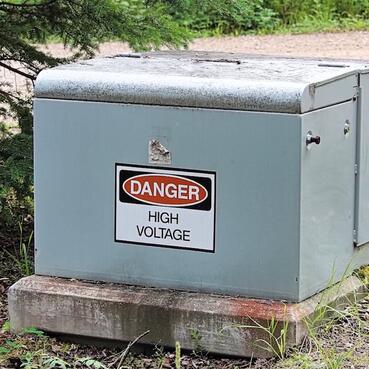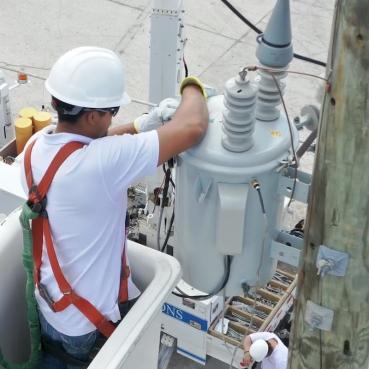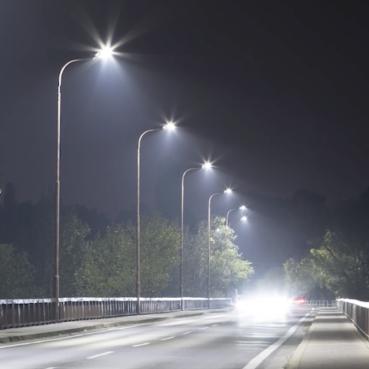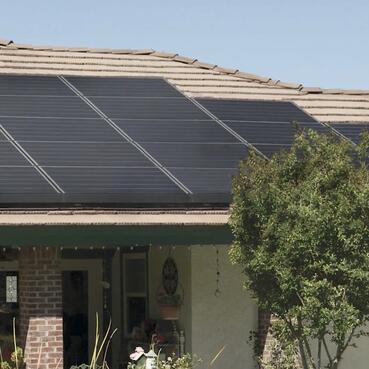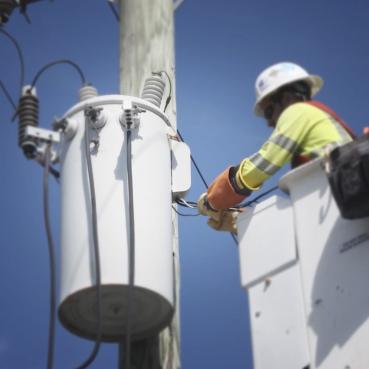
Grid Talk: Monitoring & Restoration
If you monitor these assets like distribution, transformers and utility poles, can that reduce the restoration time from a storm or major outage event? And the answer is absolutely.
Let me tell you a story. When I was at the utility, my storm job was damage assessment. So I would be sent in after a storm to assess damage, poles on the ground, conductor on the ground, transformers on the ground ,in a small area. And I would call that in, there were four or five of us. And then, and only then could the utility estimate where the damage was worse, where to send the crews, where to send the gear and the right crews and the right gear to the right locations. That's critical to restoration.
Restoration didn't start until that job was done a day or two into the storm. Imagine that the utility assets monitor themselves, that they're giving you real-time data during the storm of stressed assets, assets that have failed completely. So that's the promise here.
Essentially, let the assets monitor themselves. Restoration times will be dramatically cut by doing so.

